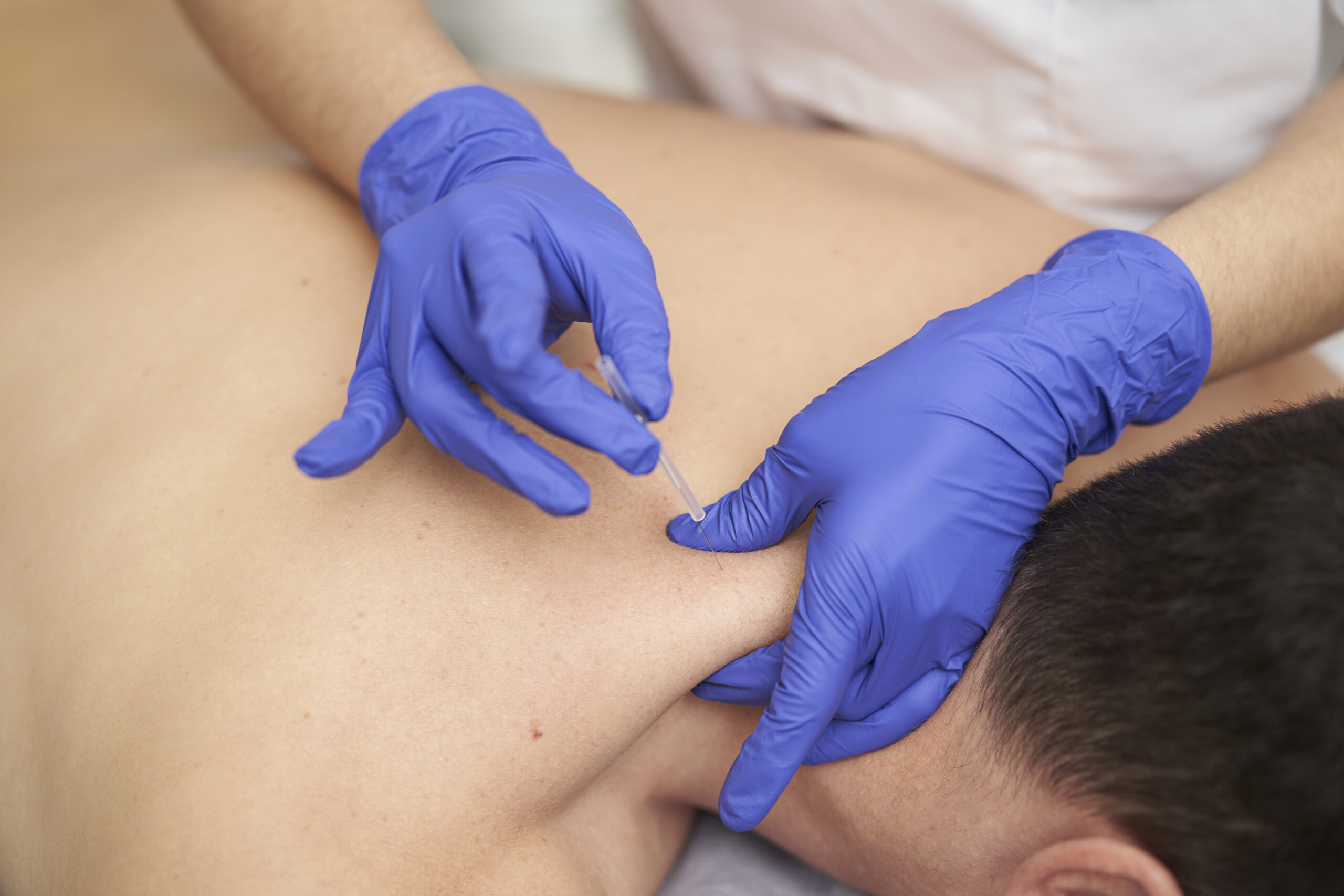Shin splints/MTSS is an overuse injury or repetitive stress injury along the shin area. Various stress reactions of the shin bone and surrounding muscles will occur when the body is unable to heal correctly due to repetitive stress (eg. Running)
Many believe that the cause of shin splints/MTSS will involve the underlying periostitis of the tibia when it is under strain. (Periosteum = a thin membrane that covers bones and provides a channel for blood supply and nutrients for bone)
Recent studies have shown that it can be due to a dysfunction of some of the muscles including: tibialis posterior, tibilais anterior and soleus muscles may also be involved. The dysfunction of these muscles will cause poor mechanics of the lower leg.
The causes can vary, often are multifactorial that can involve simple training errors and biomechanical abnormalities.

- Poor Footwear
- Over training
- Abnormal foot positioning
- Decreased hip strength/Stability
- Tightness in calf muscles
Symptoms:
- Diffuse pain along the middle-lower shin bone
- Pain occurs during exertion
- As symptoms worsen, pain will occur earlier during exercise
Treatment for MTSS will vary from each individual depending on their symptoms. Generally, in most cases the initial treatment will involve unloading the area of pain – this will be REST from any aggravating factors/exercise programmes.
- It is important for the periosteum (outer membrane on the bone) to heal before you load it up again. There may need to be an adjustment to the mechanics of the foot, advice on footwear and orthotics may be prescribed.
- Tension in the muscles may need to be released through foam rolling/ dry needling/ massage.
- In later stages of the rehabilitation and to help from the injury from re-occurring a strengthening programme may need to be tailored to the individual’s need.
For more information on these exercises check out our Blog Post
For more information or to book your appointment please call us on 091 456 086 or you may use or online booking system by clicking here ‘BOOK NOW’



